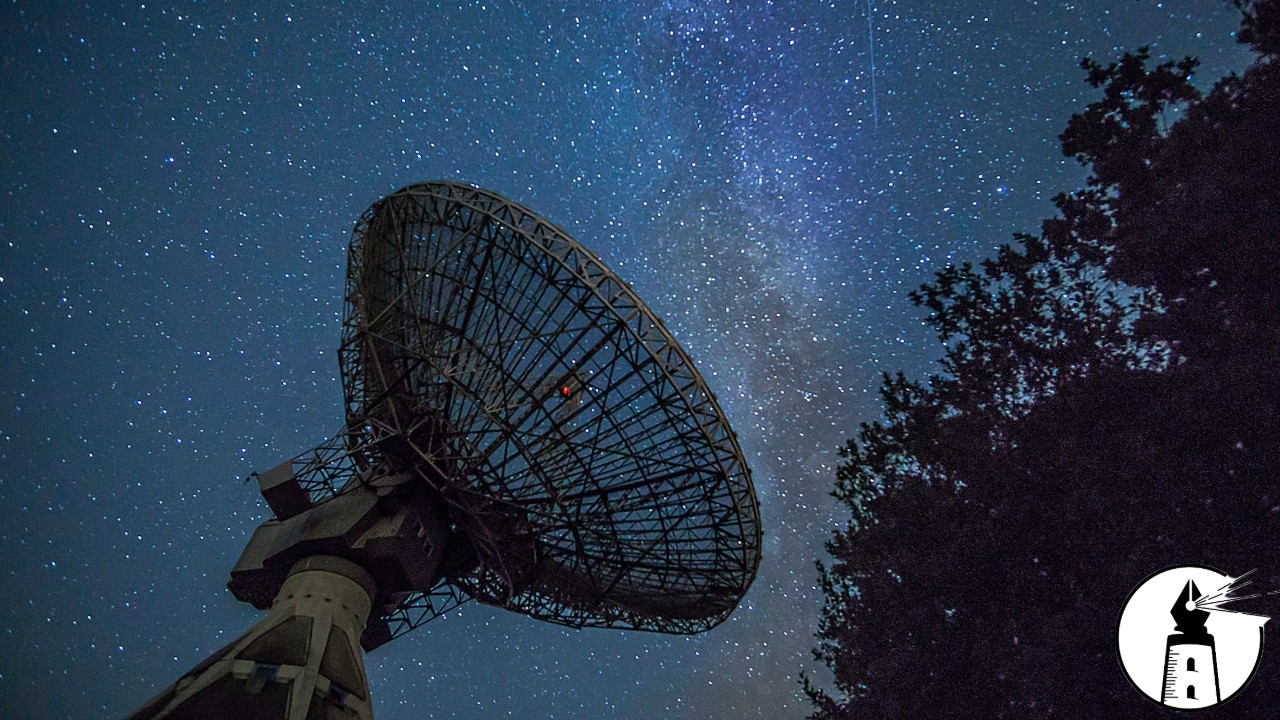New research into dark energy is raising big questions about the future of the universe. Dark energy is the mysterious force that’s pushing galaxies apart and making the universe expand faster and faster. Scientists have long believed that this force stays the same over time. But new data is starting to suggest that dark energy might be changing, and that could mean big changes ahead for the cosmos.
The new clues come from two major surveys of galaxies: the Dark Energy Survey and the Dark Energy Spectroscopic Instrument. These studies are helping scientists understand how fast the universe is growing. What they’ve found hints that the simple idea of a constant dark energy might not be correct.
One new theory based on this data proposes that dark energy is more complicated than we thought. According to the researchers behind it, there may be two parts to dark energy. One part is something called an axion, a type of particle that has never been seen directly. These axions would be spread out across the whole universe, and their energy could explain why space is expanding so quickly right now.
The second part of the theory involves something called the cosmological constant. This is a value built into Einstein’s equations that also explains dark energy. In this model, the axions do most of the work early on, but over time they would lose their effect. Eventually, the cosmological constant would become the main factor. But in this case, the constant is negative, which would actually slow down and then reverse the universe’s expansion.
If this theory is right, it means the universe might not expand forever. Instead, it could reach a maximum size in the far future and then start shrinking. Galaxies would get closer together again. The universe would heat up and become more crowded. This process would keep going until everything collapses into a single point, an event scientists call the Big Crunch.
The researchers estimate that this reversal could begin in about 10 billion years. From there, it might take another 10 billion years for the universe to completely collapse. That would give the universe a total lifespan of around 33 billion years. While that’s still a long way off, it would mean we’re already more than halfway through the universe’s life.
It’s important to understand that this idea is still very new. The galaxy surveys are not final, and the theory itself has not yet been reviewed by other scientists. Even if it turns out that dark energy does change over time, this particular model might not be the right answer.
Still, if this theory holds up, it could also help solve other cosmic mysteries. Axions have long been considered a possible explanation for dark matter, another unknown force in the universe. If axions truly play a role in both dark matter and dark energy, researchers could be one step closer to connecting the dots between major parts of the universe that we still do not understand. This could even help push forward deeper theories that aim to link gravity and quantum physics. For now, the future of the cosmos remains uncertain, but the questions being asked could lead to answers far beyond what we first expected.
—By Greg Collier



